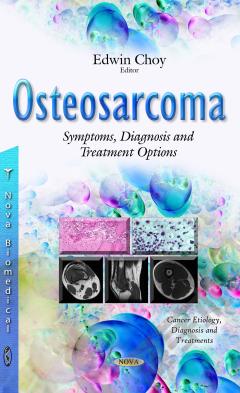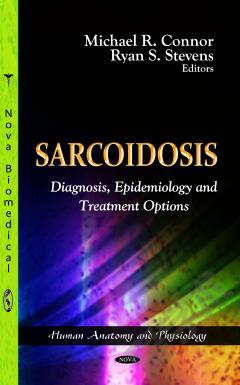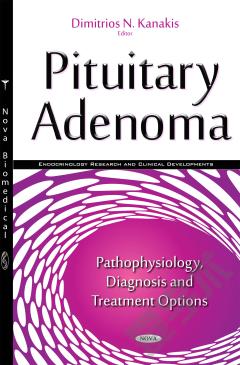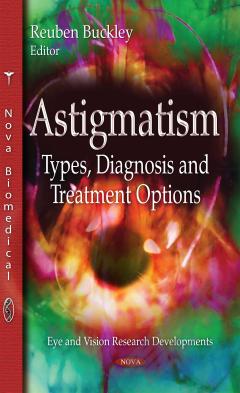Osteosarcoma: Symptoms, Diagnosis and Treatment Options
Before the use of chemotherapy, the treatment of localized osteosarcoma often involved amputation for local control of the disease. But even after definitive local control, the majority of patients would ultimately develop metastasis and die of this disease. Then, in 1974, Norman Jaffe, Emil Frei, James Holland, Gerald Rosen, and others published reports demonstrating improved survival with adjuvant chemotherapy, given either before or after surgery. Since then, with the increased use of adjuvant chemotherapy, the prognosis for patients improved until the 1990s, when the majority of patients diagnosed with nonmetastatic osteosarcoma were being cured. However, the prognosis for osteosarcoma when diagnosed today is still not significantly improved when compared to the 1990s. Additionally, for the 30-40% of patients who are either present with the metastatic disease or develop metastasis after initial surgery, the prognosis remains quite poor. We know that cytotoxic therapies, as a tool, are now being maximized. Additional cytotoxic therapy, either as dose dense or high dose chemotherapies or additional agents, do not seem to offer additional benefits above the standard regimens of “MAP” (methotrexate, adriamycin, cisplatinum) and “IE” (ifosfamide, etoposide). Therefore, new strategies to systemically treat osteosarcomas are still in great need despite the huge advances that were made in the 1970s.
{{comment.content}}








 京公网安备 11010802027623号
京公网安备 11010802027623号